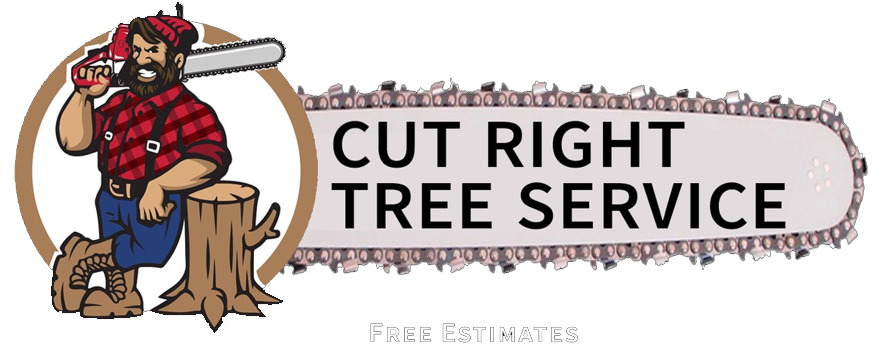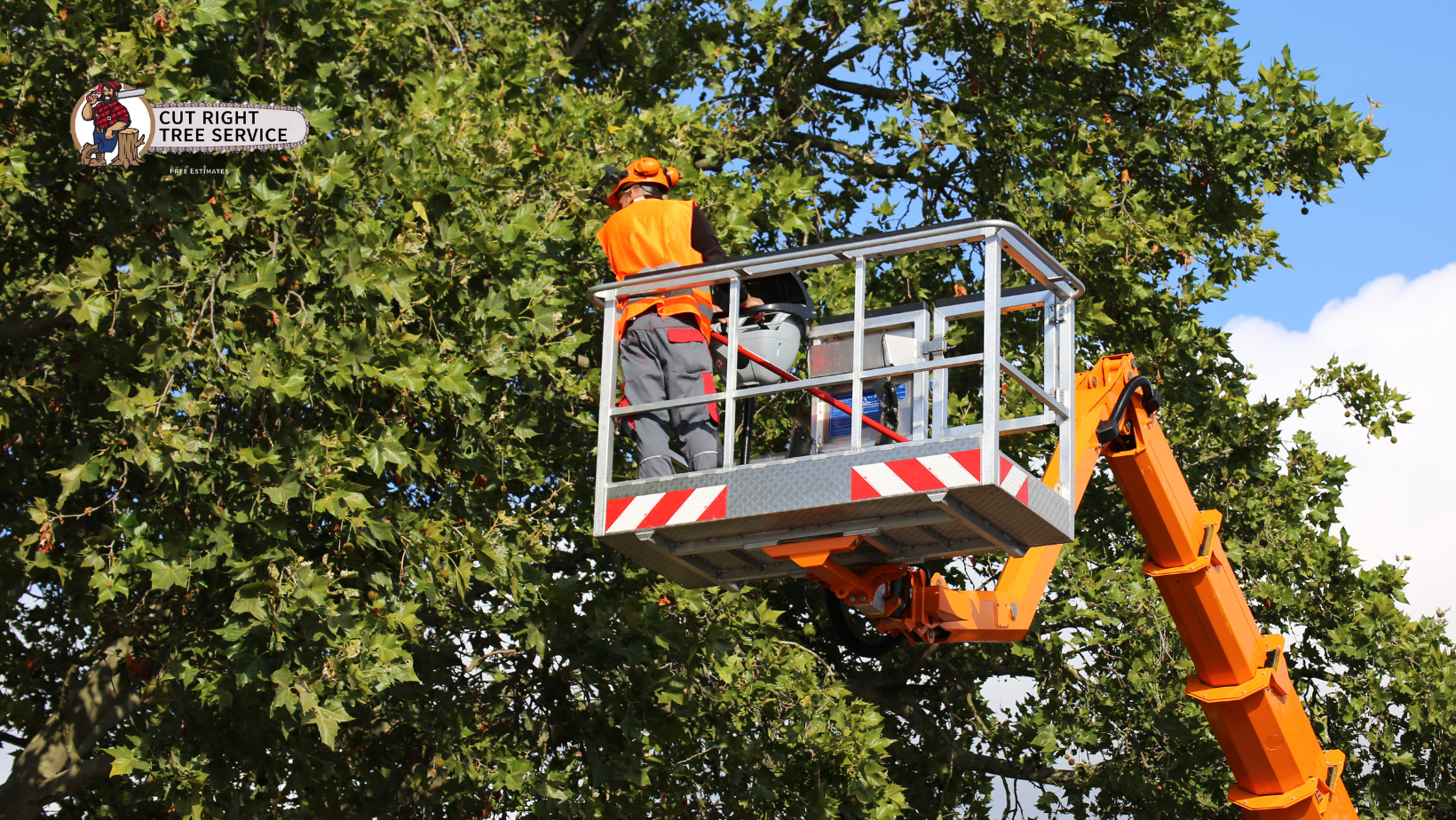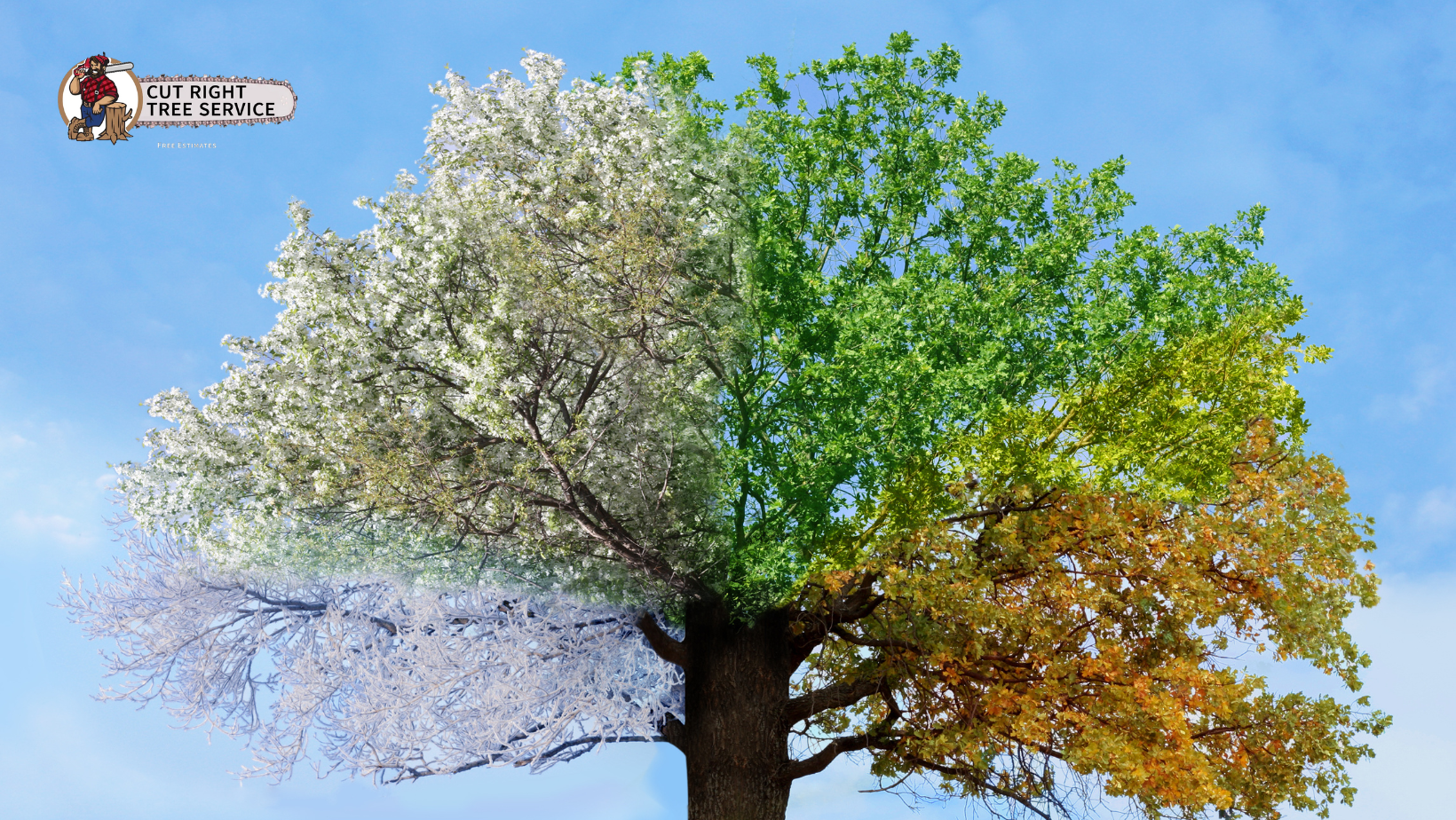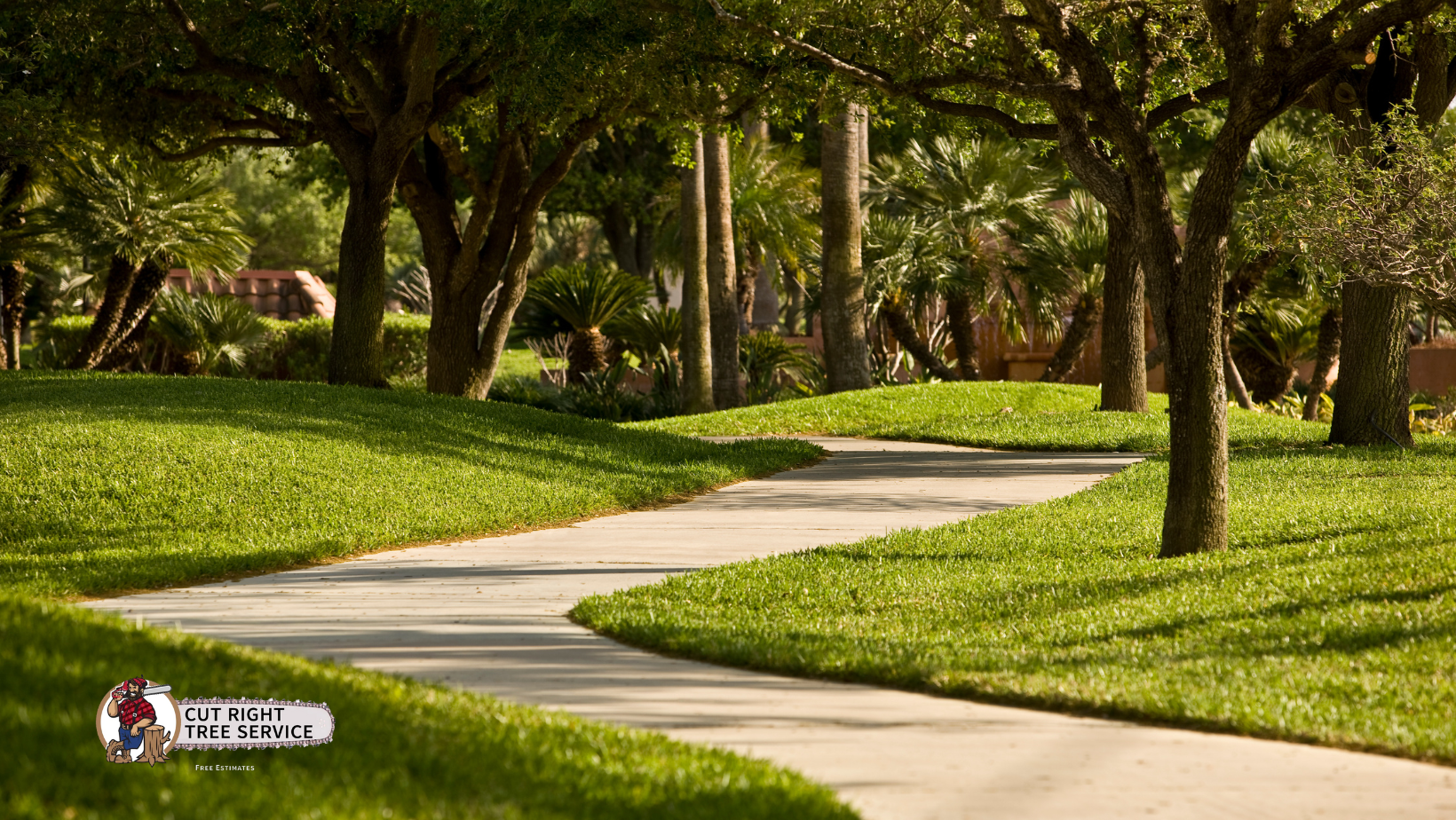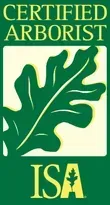Understanding the Tree Removal Process: What to Expect
A Step-by-Step Guide to Safe and Efficient Tree Removal
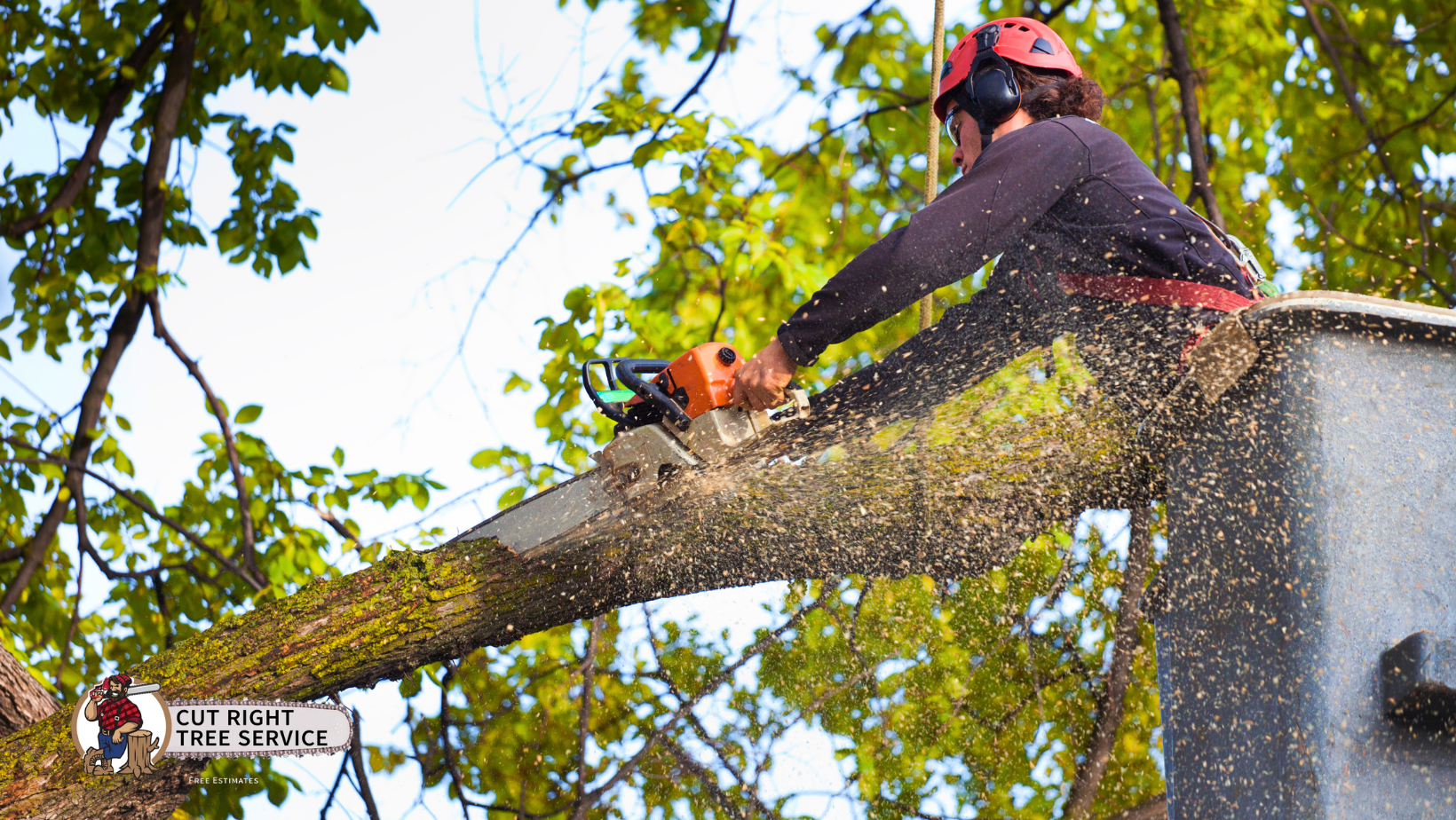
Whether a tree is dead, diseased, or simply in the way of a new project, Tree Removal is sometimes necessary to maintain the safety and beauty of your property. But what exactly happens during the tree removal process? If you’ve never had a tree removed before, knowing what to expect can help ease any concerns and ensure everything goes smoothly. Here’s a breakdown of the process, including important safety protocols and key reasons why trees need to be removed.
When Is Tree Removal Necessary?
Not all trees need to be removed, but there are certain situations where it’s the best or the only option:
1. Dead or Dying Trees
A dead tree is a ticking time bomb—branches can fall unexpectedly, or the entire tree may topple over during a storm. Removing it prevents property damage and potential injury.
2. Disease or Pest Infestation
Some tree diseases spread rapidly, affecting surrounding trees and plants. If a tree is beyond saving, removing it can protect the rest of your landscape.
3. Structural Issues or Storm Damage
Trees that have been damaged by high winds, lightning, or heavy snowfall may become unstable. If the structural integrity is compromised, removal is often the safest course of action.
4. Encroaching Roots or Overgrowth
Tree roots can damage sidewalks, driveways, and even a home’s foundation. Similarly, overgrown branches may interfere with power lines, roofs, or views. In these cases, removal may be necessary to prevent costly repairs.
5. New Construction or Landscaping Plans
If a tree is in the way of a new home addition, pool, or other landscaping project, it may need to be removed to make space.
Step-by-Step Tree Removal Process
Step 1: Inspection and Assessment
Before cutting anything down, a professional arborist will inspect the tree, its surroundings, and any potential hazards. They’ll determine the safest removal method based on the tree’s size, condition, and location.
Step 2: Safety Precautions and Site Preparation
Tree removal can be dangerous, so safety is a top priority. The crew will establish a safety perimeter, use protective gear, and ensure the work area is clear of people, pets, and obstacles.
Step 3: Cutting and Sectioning
Depending on the tree’s location, it may be removed in sections or felled in one piece. For trees near buildings or power lines, arborists will use ropes, harnesses, and sometimes cranes to lower sections safely to the ground.
Step 4: Stump Removal (Optional)
Once the tree is down, you’ll have the option to leave the stump or have it ground down. Stump grinding prevents regrowth and eliminates a potential tripping hazard.
Step 5: Cleanup and Disposal
After the tree is removed, the crew will haul away debris, leaving your property clean and safe. Some companies offer to cut the wood for firewood or mulch if requested.
Ensuring a Safe and Efficient Tree Removal
Hiring experienced professionals is crucial to a smooth and safe tree removal process. Certified arborists follow strict safety protocols and use specialized equipment to minimize risks and property damage.
Need a Tree Removed? Call the Experts!
Tree removal isn’t a DIY job—leave it to the professionals for a safe, hassle-free experience. With 30 years of experience, we provide expert tree trimming, tree assessment, and tree removal services in Chattanooga and the surrounding areas, ensuring safe and efficient work.
Call CUT RIGHT TREE SERVICE today at (423) 260-1238 to request a free quote!

